Pat your back and be ready for some of the most interesting and useful angel shark facts including angel shark diet, habitat, reproduction, species, and physical appearance. The angel sharks belong to the family of Squatinidae in the order of Squatiniformes. These sharks are types of fish that have stretched-out bodies along with the wide pectoral fins that largely resembles with the rays. There are around 16 species that fall under the genus Squatina with the same family. The angel sharks inhabit all throughout the tropical and temperate waters of the world. One of these species is known to exist in deep shallow waters at a depth of about 1,300 meters (4,300 feet). The angel sharks are not considered to be dangerous to humans but one should not approach them as they have a powerful bite force and pointed teeth. Angel sharks are typically termed as ‘Bottom-Dwellers’.
Significant Angel Shark Facts
- The rear part of angel sharks resembles more like typical sharks.
- They have their eyes and spiracles right on top with five gills are located below.
- The length of angel sharks measure around 1.5 meters (5 feet), with the longest species ever known was Japanese Angel shark that measured at 2 meters.
- These shark species are very fond of eating crustaceans, mollusks, and fish.
- The angel sharks are ovoviviparous and they give birth to 13 pups.
- These fish are harmless but the respect should be given as they can pose danger if provoked.
- The angel sharks bear no commercial significance.
- Back in 1980, the angel sharks provide an important food source especially for fisheries. They
- The pacific angelshark is termed as “Lower Risk” by the World Conservation Union.
- The largest Pacific Angel Shark measures around 60 inches (152 cm), with the maximum age lived were 35 years.
- The Pacific Angel Shark weighs around 60 pounds (27 kg).
- The males become mature at 8 years, with the length measuring at 30 – 31 inches (75 – 80 cm).
- The females reach the maturity age after 13 years, with the length of 35 – 39 inches (90 – 100 cm).
- There are white markings on the angel shark’s body coupled with the reddish-brown color. They display different colors that ranges from bright brown to the light grey. This much variation in the colors enables these species to be camouflaged themselves.
- They have sharp teeth with the upper jaw is embedded with 9-9 teeth and the lower jaw with 10-10 teeth.
 What Do Angel Sharks Eat | Angel Shark Facts
What Do Angel Sharks Eat | Angel Shark Facts
They tend to camouflage themselves in muddy sands, rocky areas or patch reefs during daytime. Some of the most common angel sharks preys include squids, small fish, octopus, and crustaceans. These species are sit-and-wait predators. These fish often prey on mollusks, croakers, hake, halibut, peppered shark, corbina, blacksmith, flatfish, and other kinds of bony fishes. They seldom take on invertebrates other than those mentioned above.
Where Do Angel Sharks Live
The angel sharks have an extensive distribution around the globe with species inhabiting across the tropical waters to the cold northern boreal waters, and are often found in deep waters. Most of these species are active during night; they are considered to be bottom-dwellers and are known to prey on species that are hidden under the sand with the help of their trap-like jaws. Two of these species exist in the North America; the pacific Angel Shark and Eastern Angel Shark. These species are best known for their in-depth swimming at 1,300 meters in tropical sea waters. They primarily feed on small bottom fishes.
 Reproduction | Amazing Angel Shark Facts
Reproduction | Amazing Angel Shark Facts
A very few facts came to the fore regarding angel sharks mating behavior; however, according to the available data the mating of these species begins in summer season. The young sharks tend to develop inside the female mothers. The gestation period lasts for about 10 months and the usual births take place in the months of June and March. The females litter 6 – 10 pups. These pups are 9ft 8 inches (25 cm) long at birth. Not more than 20% of angel sharks reach their maturity before they fade away.
Species
- Sawback Angelshark
- Clouded Angelshark
- Eastern Angelshark
- Angelshark
- Ornate Angelshark
- Ocellated Angelshark
- Hidden Angelshark
- Sand devil
- Australian Angelshark
- Chilean Angelshark
- Japanese Angelshark
- Taiwan Angelsharkindonesian Angelshark
- Smoothback Angelshark
- Western Angelshark
- Argentine Angelshark
- Pacific Angelshark
- Gulf Angelshark
- Mexican Angelshark


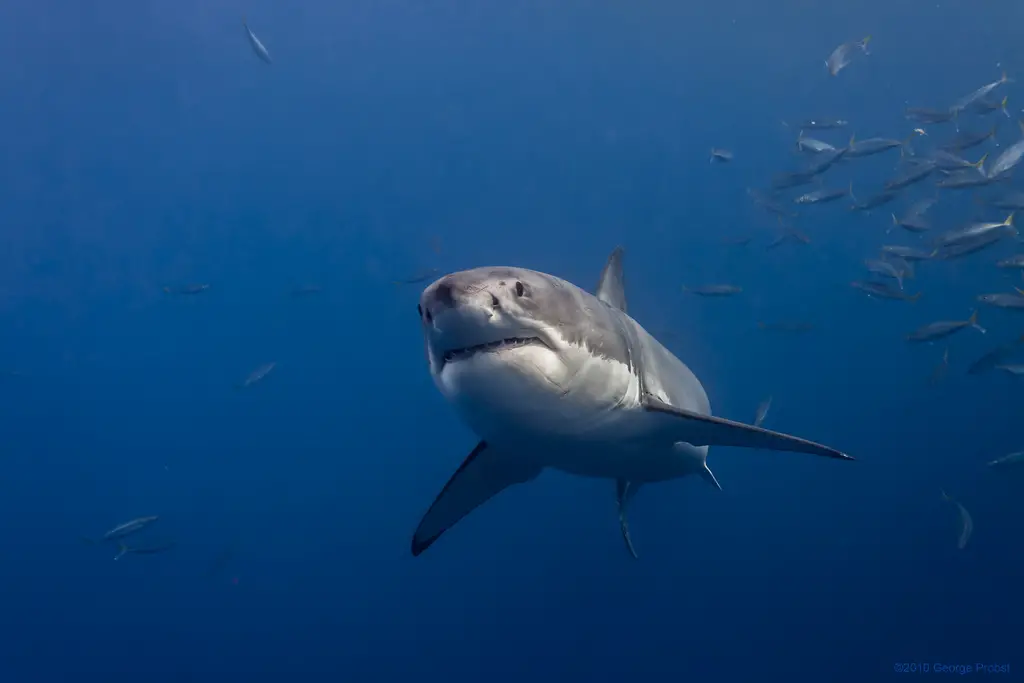
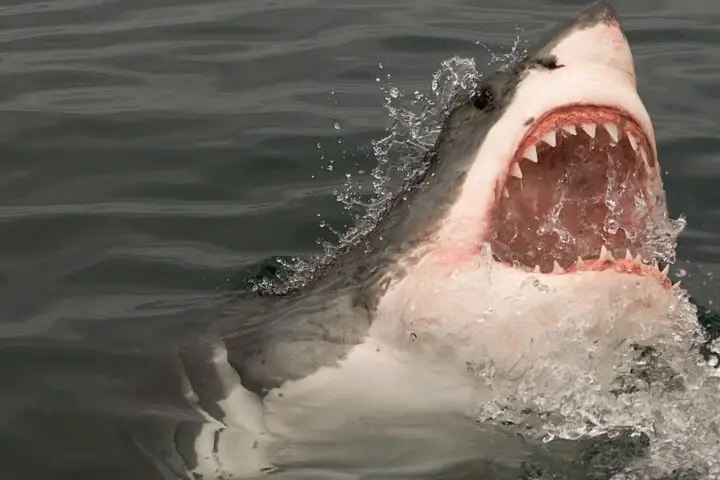
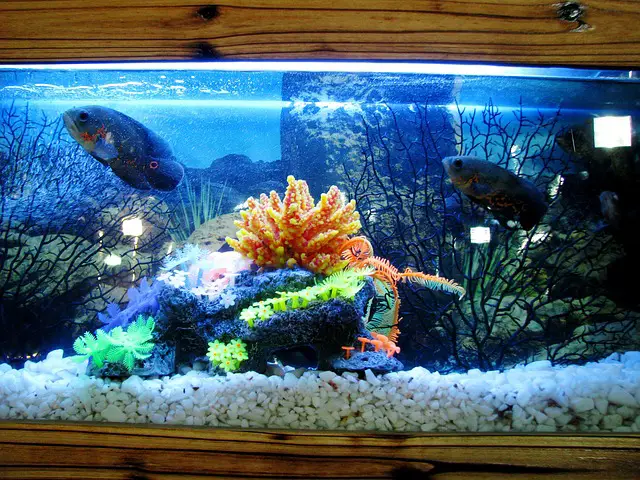
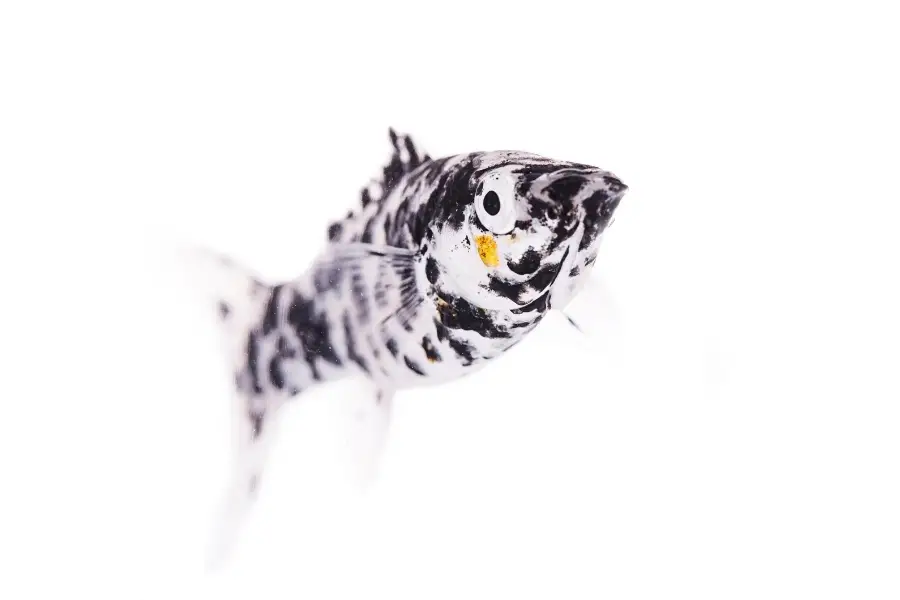

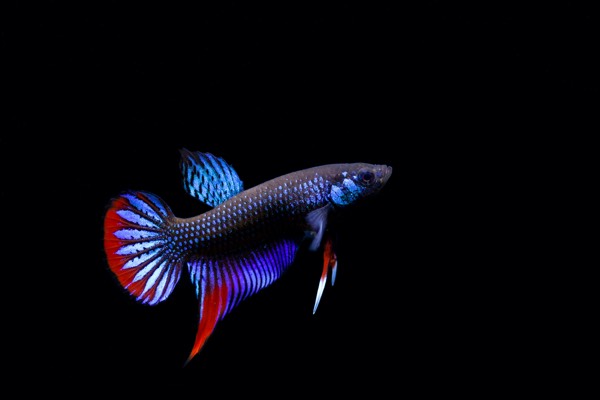

i am a bawss and this is the best shark website eveeeeeeeeeer!!!
The web is good by giving people information about the sharks. But I do think that they could add more.